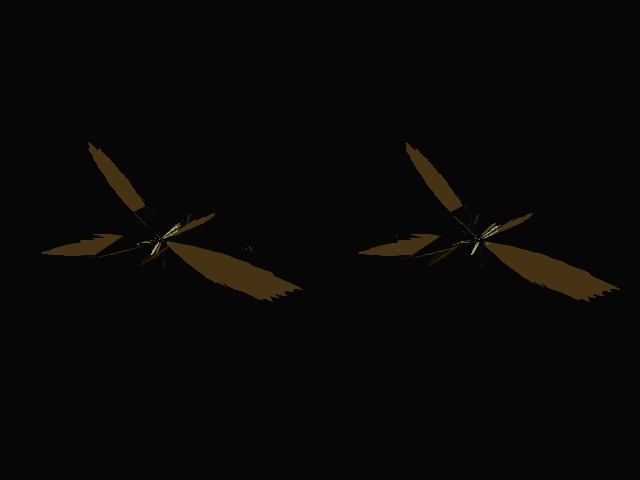My first sketch is a simple Lissajous curve out of a live audio input. I borrowed some code from a Minim example and a sketch from OpenProcessing.org.
I used the RMS values from the audio buffer to determine the sound and location of each plot. These changes aren’t radical but they add some flavour. Enjoy!


import ddf.minim.*;
import processing.video.*;
Minim minim;
AudioInput input;
WaveformRenderer waveform;
MovieMaker mm;
void setup()
{
size(640, 480, P2D);
frameRate(24);
minim = new Minim(this);
input = minim.getLineIn(Minim.STEREO, 512);
waveform = new WaveformRenderer();
input.addListener(waveform);
mm = new MovieMaker(this, width, height, "mysketchoutput.mov", 24, MovieMaker.H263, MovieMaker.HIGH);
}
void draw()
{
//background(0);
fill(0,20);
noStroke();
rect(0,0,width,height);
// see waveform.pde for an explanation of how this works
waveform.draw();
mm.addFrame();
}
void stop()
{
// always close Minim audio classes when you are done with them
input.close();
// always stop Minim before exiting.
minim.stop();
super.stop();
mm.finish();
}
void captureEvent(Capture myCapture) {
myCapture.read();
}
class WaveformRenderer implements AudioListener
{
private float[] left;
private float[] right;
color a = color (38,148,200);
color b = color(200,148,38);
WaveformRenderer()
{
left = null;
right = null;
}
synchronized void samples(float[] samp)
{
left = samp;
}
synchronized void samples(float[] sampL, float[] sampR)
{
left = sampL;
right = sampR;
}
synchronized void draw()
{
if ( left != null && right != null )
{
noFill();
float rms = 0;
for (int i = 0 ; i < left.length; i++)
rms += left[i];
rms *= rms;
//rms /= left.length;
fill(lerpColor(a,b,rms*255));
beginShape();
for (int step=0;step<left.length;step++) {
float l = 5-step;
int x=(int) (left[step]*l*Math.sin(l*Math.PI/left.length));
int y=(int) (left[step]*l*Math.cos(l*Math.PI/left.length));
vertex ( width/4 + x + rms, height/2 + y);
}
endShape();
beginShape();
for (int step=0;step<right.length;step++) {
float l = 5-step;
int x=(int) (right[step]*l*Math.sin(l*Math.PI/right.length));
int y=(int) (right[step]*l*Math.cos(l*Math.PI/right.length));
vertex ( 0.75*width + x - rms, height/2 + y);
}
endShape();
}
}
}
/*
// copy to setup() to activate
mm = new MovieMaker(this, width, height, "mysketchoutput.mov",
frameRate, MovieMaker.H263, MovieMaker.HIGH);
// copy to the end of draw()
mm.addFrame();
*/
void mouseReleased(){
println(frameRate);
}
void keyPressed(){
if(key == ' ')
saveFrame();
if (key == 'f')
println(frameRate);
if(key == 's' & mm != null)
mm.finish();
}



